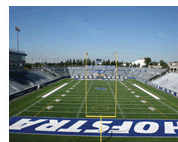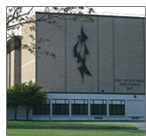Call Me Indian
Frederick “Fred” Sasakamoose was a hockey player. Most in our corner of the world probably never heard about him. Fred died late last year.
Let me convey some information about Fred and his early tragic and later marvelous life. Born during 1933, he became a Canadian professional hockey player. Fred was one of the first Canadian Indigenous players in the National Hockey League. He played 11 games with the Chicago Black Hawks during the 1953-1954 season. For the rest of his career, which lasted until 1960, he played in the minor leagues.
To get as far as he did as a pro player, Fred was encouraged to improve himself by a Montreal priest. He developed an extraordinary left-handed shot. First, though, he had to overcome sexual assault from classmates when he was just nine years old along with unjustified punishments by school officials. Though he became a star player on the school team, he left at the age of 15 and feared for his safety if he returned to school. With the help of the priest, Fred was visited by a hockey scout who opened the door for the young player to join the junior Moose Jaw Canucks.
After scoring 31 goals for the Canucks, Fred was named the Western Canada Junior Hockey League most valuable player. This earned him the brief time in the NHL. When his hockey career ended, Fred became involved in Indigenous affairs.
Fred served as chief of the Ahtahkakoop Cree Nation in Saskatchewan. He became involved in the development of sports programs for the children, using his fame to promote opportunities for youth in sports that included hockey, track and field, soccer and basketball. Fred later was recognized for his work, inducted into the Saskatchewan Sports Hall of Fame, the Canadian Native Hockey Hall of Fame and other halls and organizations. He also was named a member of the Order of Canada (the second highest honor for merit in the system of orders, decorations and medals in that country).
Fred succumbed to the virus that has plagued so many families the last two years. At the time of his passing, Fred’s memoir, Call Me Indian, was receiving final edits prior to publication. The book’s description includes: “This isn’t just a hockey story; Sasakamoose’s groundbreaking memoir sheds piercing light on Canadian history and Indigenous politics, and follows this extraordinary man’s journey to reclaim pride in an identity and a heritage that had previously been used against him.”









